Interactive Voice Response Software Trends Driving Efficiency
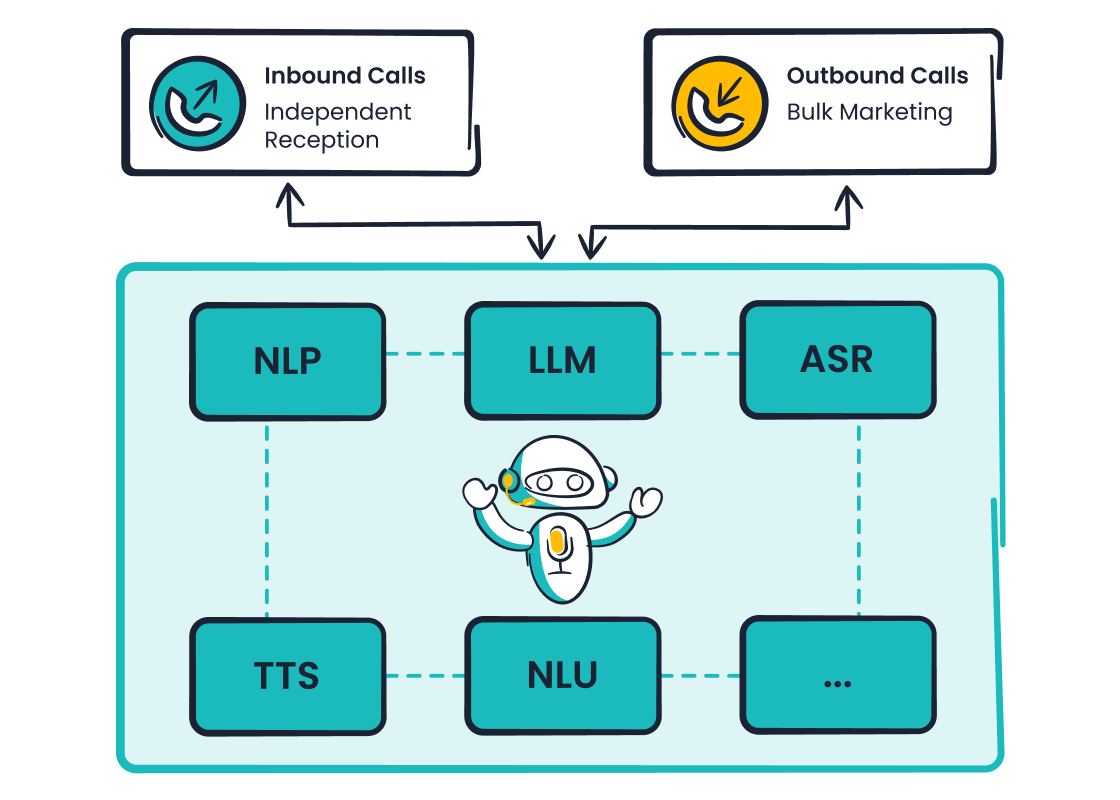
Interactive voice response technology is transforming how businesses handle customer service. By automating repetitive tasks, it reduces costs and improves efficiency. Companies using interactive voice response software have reported operational savings of up to 30%. Automation also speeds up decision-making, with some businesses gaining instant access to analyzed data. Additionally, response rates have increased by 15% to 25% after replacing manual surveys with IVR systems.

The future of IVR looks promising, especially with AI advancements. Sobot's innovative solutions, like its AI-powered Voicebot, are shaping this future by delivering multilingual support and seamless integration. These advancements ensure you can offer faster, more personalized service to your customers.
AI-Powered IVR Systems: The Backbone of Future Efficiency

Automation and Self-Service Capabilities
AI-powered IVR systems are revolutionizing customer service by automating routine tasks and enabling self-service options. These systems handle repetitive inquiries, freeing up your agents to focus on complex issues. For example, automated self-service interactions cost as little as $0.10 compared to over $8 for live agent calls, making them a cost-effective solution for businesses.
Automation also reduces call handling times significantly. Call center operations that integrate AI IVR systems report up to 40% faster resolution rates. By automating processes like identification and verification, these systems streamline customer interactions, improving efficiency and satisfaction.
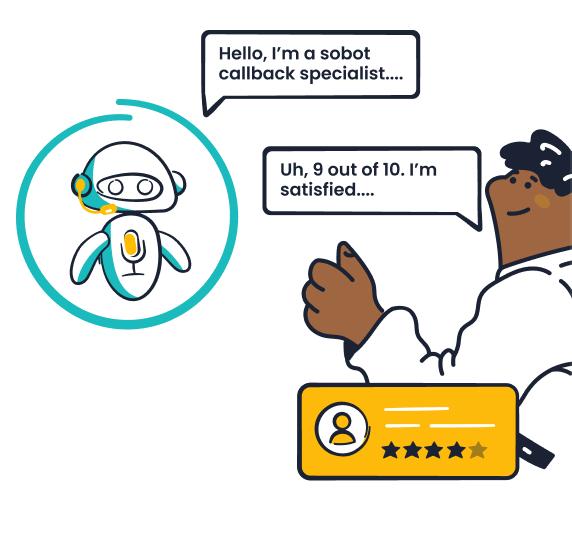
Sobot’s Voicebot exemplifies this trend. It automates over 90% of interactions, reducing wait times and boosting productivity. Its multilingual capabilities ensure seamless communication across diverse customer bases, making it ideal for industries like retail, finance, and gaming.
Personalization Through Predictive Analytics
Personalization is key to enhancing customer experiences, and AI-powered IVR systems excel in this area. By leveraging predictive analytics, these systems analyze customer data to anticipate needs and tailor responses. For instance, AI IVR systems can recognize emotions and sentiment, enabling personalized interactions that resonate with your customers.
Businesses adopting this technology have seen measurable improvements. Great Lakes Credit Union achieved 60% call containment during business hours, allowing agents to focus on high-value tasks. Similarly, Neighborhood Credit Union saved $4.4 million annually by increasing call containment from 50% to 90% within two days of implementation.
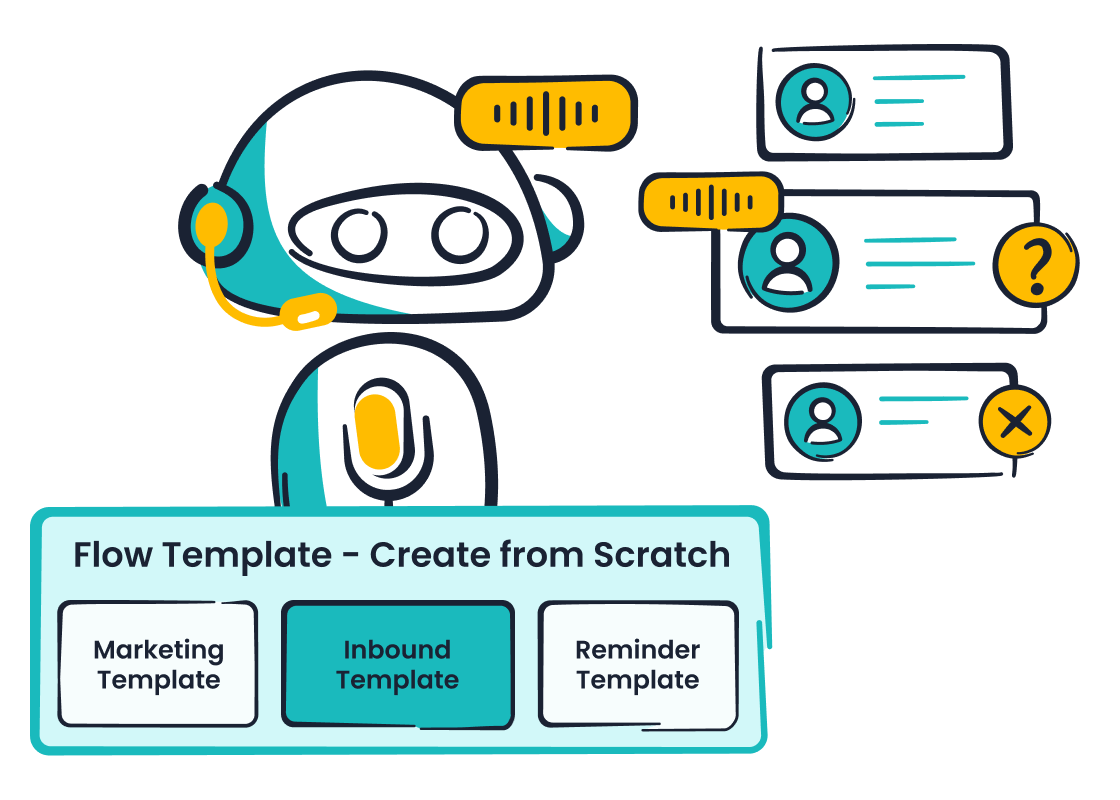
Sobot Voicebot integrates predictive analytics to deliver personalized support. Its learning-driven builder continuously improves interactions, ensuring your customers receive accurate and empathetic responses. This capability not only enhances satisfaction but also builds loyalty, driving long-term success.
Real-Time Adaptation to Customer Needs with Sobot Voicebot
Real-time adaptation is a defining feature of AI-powered IVR systems. These systems analyze sentiment, capture feedback, and adjust interactions instantly to meet customer expectations. Organizations using advanced analytics for voicebots often see a 15-20% performance improvement within the first year.
Metrics like conversation completion rates and first-contact resolution percentages highlight the effectiveness of real-time adaptation. For example, Bank of Guam reduced wait times by 46% and provided instant responses, significantly improving member experiences.
Sobot Voicebot takes real-time adaptation to the next level. Its AI-powered voice synthesis and NLP capabilities ensure human-like conversations, enhancing engagement. The system’s plug-and-play integrations allow seamless transitions between automated and human support, ensuring your customers always receive the help they need.
Tip: Implementing real-time analytics in your IVR systems can boost customer satisfaction scores and Net Promoter Scores (NPS), giving your business a competitive edge.
Conversational IVR and NLP: Redefining Customer Interactions
Human-Like Conversations for Enhanced Engagement
Conversational IVR with NLP is transforming how you interact with customers. These systems use advanced AI to mimic human speech, creating natural and engaging conversations. Unlike traditional IVR, which relies on rigid menus, conversational IVR allows customers to speak freely. This flexibility enhances the customer experience by making interactions feel more personal and less robotic.
Research shows that 65% of users prefer receiving answers without human intervention, especially when the system provides accurate and empathetic responses. Additionally, 80% of business leaders who implemented conversational AI reported improvements in customer satisfaction. Metrics like user satisfaction scores and conversation completion rates highlight the value of human-like interactions. For example, empathetic responses not only resolve issues but also build trust, leading to long-term loyalty.
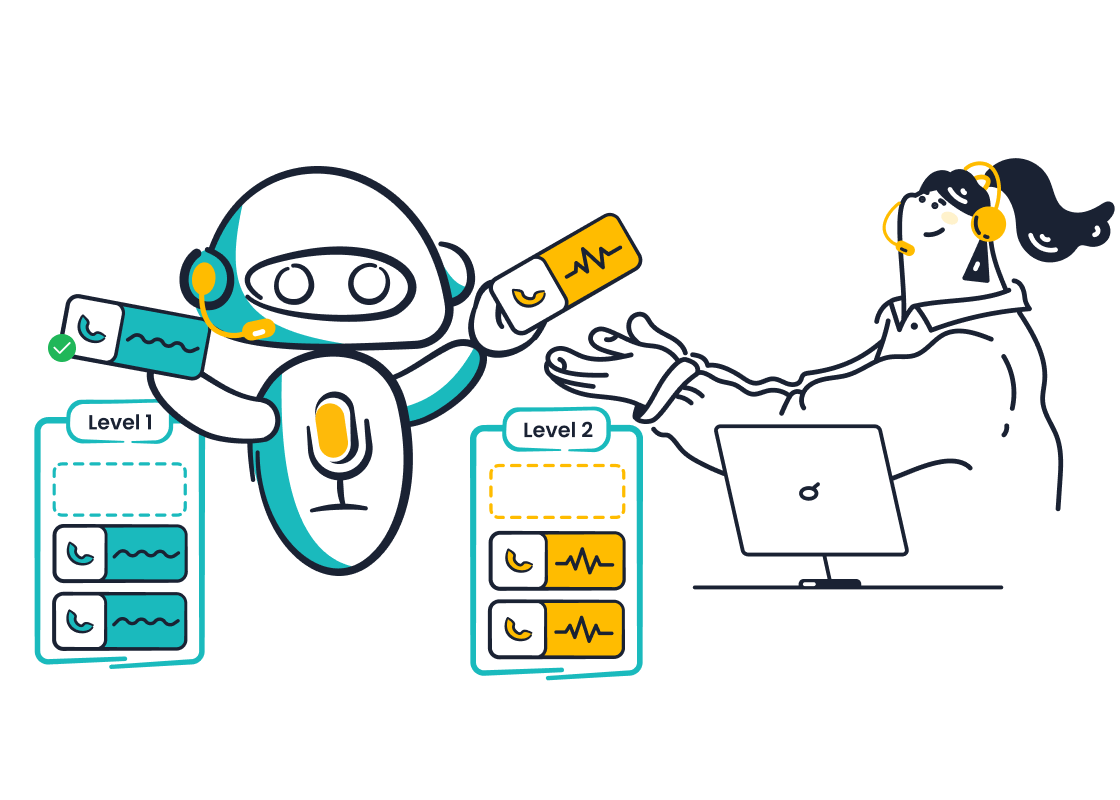
Sobot’s Voicebot excels in delivering these human-like experiences. Its NLP capabilities enable it to understand emotions and respond accordingly, ensuring personalized interactions. By integrating this technology, you can elevate engagement and create memorable customer experiences.
Accurate Intent Recognition to Reduce Frustration
One of the top IVR trends is the ability to recognize customer intent accurately. Advanced IVR systems equipped with NLP analyze spoken words to determine what the customer needs. This eliminates the frustration of navigating through endless menus or repeating information.
For instance, natural language IVR systems route calls based on intent, ensuring customers reach the right department quickly. This efficiency reduces call transfers and improves first-call resolution rates. Businesses using these systems have reported a 40% reduction in handling time and a 90% decrease in agent workload. During peak times, AI-powered IVR systems handle high call volumes without delays, ensuring a seamless experience for your customers.
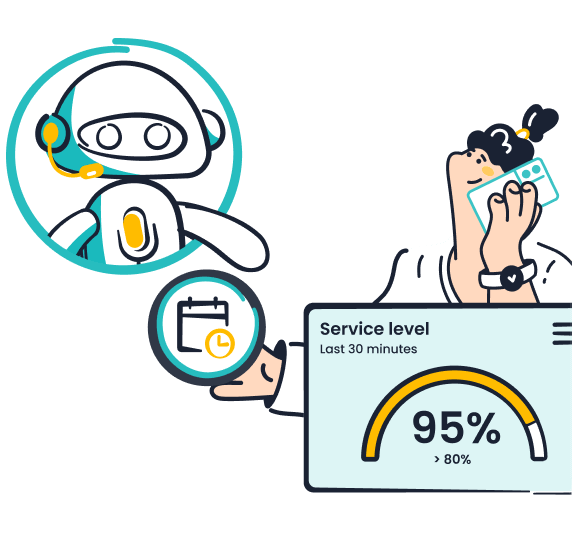
Sobot Voicebot takes intent recognition to the next level. Its real-time analytics and learning-driven builder continuously improve its understanding of customer needs. This ensures that every interaction is efficient and tailored, reducing frustration and enhancing satisfaction.
Practical Applications in Call Centers and Customer Support
Conversational IVR and NLP have practical applications across various industries. In retail, these systems handle inquiries about order status, returns, and product availability. In banking, they assist with balance checks, transfers, and fraud reporting. Healthcare providers use them for appointment scheduling, prescription renewals, and patient information updates.
Airlines like Delta have automated flight bookings and status checks, reducing call center volumes by 70%. Similarly, telecom companies like Verizon have seen a 30% decrease in call resolution times by using IVR systems. These examples demonstrate how conversational IVR streamlines workflows and improves efficiency.
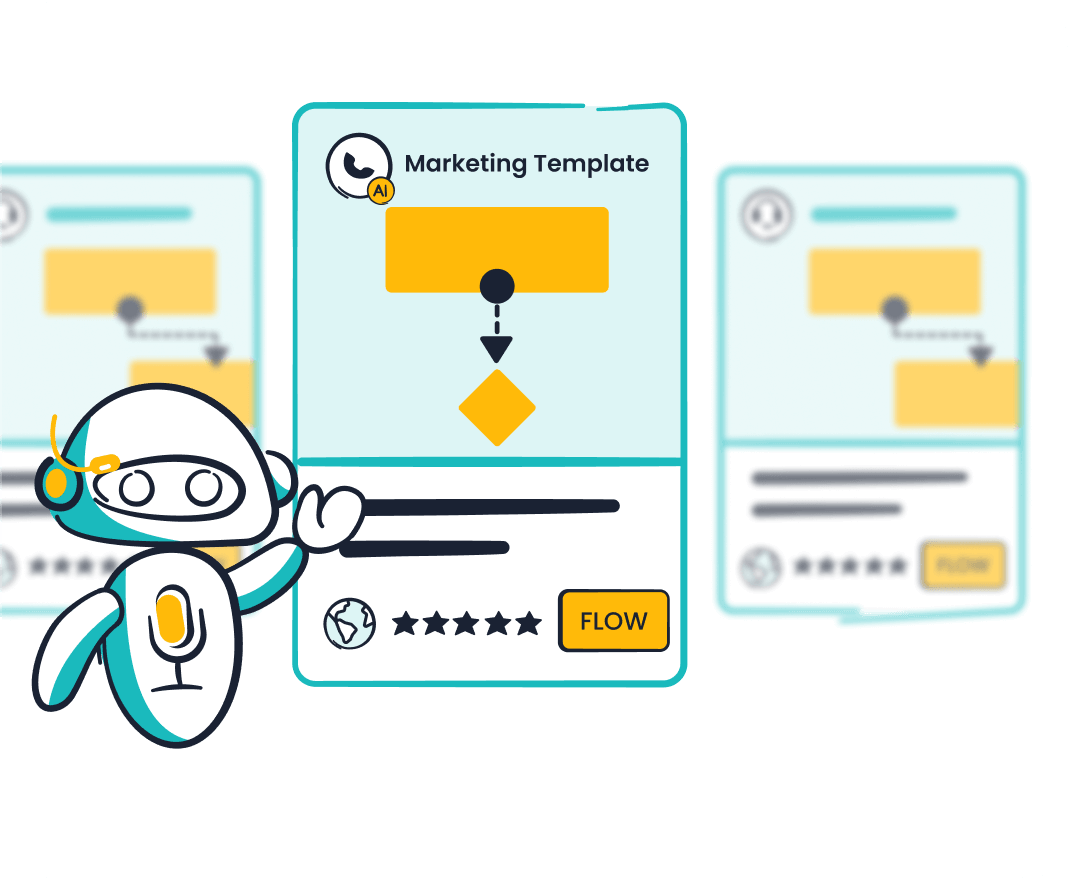
Sobot’s solutions integrate seamlessly into your existing systems, offering plug-and-play capabilities. Whether you’re in retail, finance, or healthcare, Sobot Voicebot ensures consistent and personalized support. By adopting these advanced IVR systems, you can enhance your customer service while reducing operational costs.
Note: Implementing conversational IVR with NLP not only improves efficiency but also builds a stronger connection with your customers.
Cloud-Based IVR Solutions: Scalability and Flexibility
Cost-Efficiency and Reduced Infrastructure Needs
Cloud-based IVR systems offer significant cost savings by eliminating the need for expensive on-premise infrastructure. These solutions reduce maintenance expenses by 40-60%, allowing you to allocate resources more effectively. For example, healthcare providers like Mayo Clinic achieved a 31% reduction in operational costs after switching to cloud-based systems. Additionally, companies like Wayfair scaled their IVR capacity by 400% during peak shopping periods without investing in additional infrastructure.
Metrics such as cost per contact and IVR containment rate further highlight the financial benefits. By resolving up to 50% of customer inquiries through IVR, businesses can drastically lower their cost per contact. Optimizing the channel mix also contributes to overall cost efficiency, making cloud-based IVR an ideal choice for organizations aiming to streamline operations.
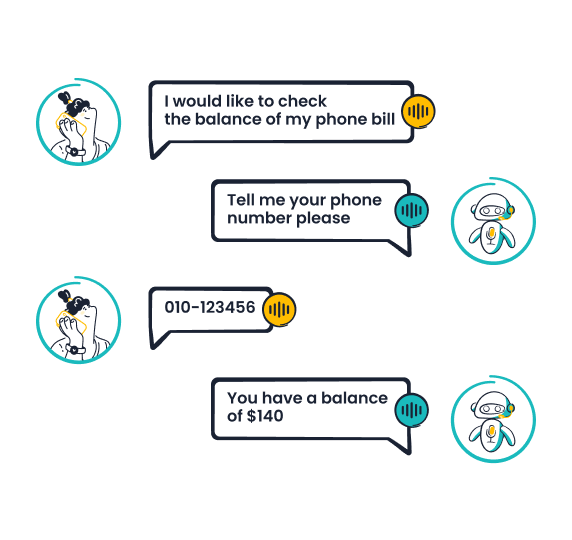
Sobot’s cloud-based IVR solutions enhance cost-efficiency by integrating seamlessly with your existing systems. This ensures you can scale operations without incurring unnecessary expenses, making it a smart investment for businesses of all sizes.
Remote Management for Distributed Teams
Cloud-based IVR systems empower remote teams by enabling centralized management from any location. This flexibility is crucial for distributed teams, especially in today’s remote work environment. Studies show that 71% of remote workers report improved work-life balance, while remote call center agents are 77% more productive than their office-based counterparts.
With cloud-based IVR, you can monitor performance, update workflows, and manage call routing in real-time, regardless of where your team is located. This ensures consistent service quality and operational efficiency. Sobot’s solutions provide robust remote management capabilities, allowing you to support distributed teams effectively while maintaining high levels of customer satisfaction.
Seamless Integration with Sobot's Contact Center Solutions
Sobot’s cloud-based IVR integrates effortlessly with its all-in-one contact center solutions. This integration unifies voice, chat, email, and social media channels, creating a seamless customer experience. The plug-and-play design ensures quick deployment, while the visual flow builder simplifies customization.

For example, Sobot Voicebot automates inbound and outbound calls, reducing wait times and improving resolution rates. Its multilingual support and AI-driven analytics further enhance customer interactions. By adopting Sobot’s cloud-based IVR, you can scale your operations, improve efficiency, and deliver exceptional service across all touchpoints.
Tip: Transitioning to cloud-based IVR solutions not only reduces costs but also enhances flexibility, making it easier to adapt to changing business needs.
Voice Biometrics and Security: Building Trust in IVR

Secure Customer Authentication with Advanced Technology
Voice biometrics is revolutionizing how you authenticate customers in IVR systems. By analyzing unique voice patterns, this technology eliminates the need for traditional PINs or passwords. This not only enhances security but also speeds up the authentication process. Manual verification often takes 30-45 seconds per call, but voice authentication can reduce this time to nearly zero.
Customers value quick resolutions. In fact, 82% of consumers prioritize fast issue resolution when interacting with businesses. Voice biometrics ensures a seamless experience by verifying identities instantly, meeting these expectations. Additionally, 75% of consumers expect consistent service across all channels. Integrating voice biometrics into your IVR system helps you deliver on this promise, building trust and loyalty.
Fraud Prevention Through Unique Voice Patterns
Fraud prevention is a critical concern for businesses, and voice biometrics offers a robust solution. Each voice has unique characteristics, making it nearly impossible for fraudsters to replicate. This advanced technology detects anomalies, such as deepfakes or synthetic voices, ensuring only legitimate users gain access.
Industry leaders have already seen the benefits. Colleen Cole, VP of Call Center at Michigan State University Federal Credit Union, highlighted how voice biometrics outperformed competitors in combating deepfakes. Similarly, Erinn O’Keefe, a fraud analyst at Affinity Plus Federal Credit Union, noted how voice biometrics provided visibility into fraud trends across multiple channels, including mobile deposits and online banking.
By adopting voice biometrics for secure IVR calls, you can protect your customers and your business from evolving threats. This proactive approach not only prevents fraud but also reinforces your commitment to enhanced security.
Enhancing Trust and Reliability in Customer Interactions
Trust is the cornerstone of any successful customer relationship. Voice biometrics strengthens this trust by ensuring secure and reliable interactions. Platforms using biometric verification report a 30% improvement in data integrity. This means fewer errors and more accurate customer records.
Enhanced security also fosters consumer confidence. Customers feel safer sharing sensitive information, leading to higher engagement and participation rates. Businesses using biometric authentication have also seen a reduction in fraudulent entries, resulting in cleaner datasets and more reliable outcomes.
By integrating voice biometrics into your IVR system, you create a secure environment that prioritizes customer trust. This not only improves satisfaction but also positions your business as a leader in secure, AI-driven customer service solutions.
Tip: Implementing voice biometrics in your IVR system can significantly enhance customer trust while reducing operational risks.
Omnichannel Integration: A Unified Customer Experience
Connecting IVR with Multiple Customer Touchpoints
Omnichannel integration in IVR systems connects various customer touchpoints, creating a seamless experience. By linking voice, chat, email, and social media, businesses ensure customers can interact through their preferred channels without losing context. This approach eliminates the frustration of repeating information, improving the overall customer experience.
Real-world examples highlight the success of this strategy. Telefónica Germany implemented Teneo Conversational IVR to handle 900,000 monthly calls and 200,000 text requests. They created 400 generic and 20 personalized use cases, achieving a 6% increase in IVR resolution rates. This consistent omnichannel experience boosted customer satisfaction and opened new opportunities for personalized sales.

Sobot’s IVR solutions integrate effortlessly with its contact center platform, unifying all communication channels. This ensures your customers receive consistent support, whether they call, chat, or email. By adopting such solutions, you can enhance efficiency and deliver an interactive voice response software experience that meets modern expectations.
Consistent Support Across Channels with Sobot AI
Consistency across channels is vital for an enhanced customer experience. Customers expect the same level of service, whether they interact via phone, chat, or social media. Sobot AI ensures this consistency by leveraging advanced algorithms to process queries in real time. This reduces wait times and provides personalized responses based on customer history.
AI is projected to manage up to 95% of customer interactions by 2025. This shift will significantly enhance customer satisfaction by ensuring faster resolutions and tailored interactions. Sobot AI’s omnichannel capabilities unify customer data, enabling seamless transitions between channels. This approach not only improves efficiency but also builds trust by delivering reliable support every time.
Improving Customer Satisfaction Through Unified Experiences
Unified experiences drive customer satisfaction. Research shows that 87% of customers desire consistent, personalized interactions across all channels. Additionally, 94% are more likely to repurchase and recommend a company after a positive experience. Businesses that maximize satisfaction along the customer journey can see revenue increases of up to 15%.
Sobot’s omnichannel IVR solutions empower businesses to meet these expectations. By integrating voice, chat, and other channels, Sobot ensures a cohesive experience. Its AI-driven personalization tailors interactions, fostering loyalty and trust. With Sobot, you can deliver the benefits of omnichannel IVR solutions, creating a unified and satisfying customer journey.
Tip: Prioritize omnichannel integration to improve customer satisfaction and gain a competitive edge in today’s market.
The future of IVR technology is set to redefine customer service by 2025. Key trends like AI and machine learning, omnichannel communication, and natural language processing are driving this transformation. These advancements make next-gen IVR systems more intuitive, enabling them to adapt dynamically to customer needs.
Businesses adopting these technologies gain a competitive edge. They can deliver consistent, human-like interactions across channels while reducing costs and improving efficiency. Customers benefit from faster resolutions, personalized experiences, and secure interactions.
| Trend | Description |
|---|---|
| AI and Machine Learning | IVR systems will enhance customer engagement and redefine experiences. |
| Omnichannel Communication | IVR will unify customer experiences across various channels. |
| Natural Language Processing | IVRs are evolving into conversational systems for human-like interactions. |
As the IVR market grows, these systems will become essential tools for businesses aiming to meet modern customer expectations. By embracing these innovations, you can transform your customer service and build lasting loyalty.
FAQ
What is IVR software, and how does it work?
Interactive Voice Response (IVR) software automates customer interactions over the phone. It uses pre-recorded messages and AI to guide callers through menus, answer questions, or route them to the right department. You interact by speaking or pressing keypad options.
How does Sobot Voicebot improve customer service?
Sobot Voicebot automates over 90% of interactions, reducing wait times and improving satisfaction. Its multilingual support and real-time analytics ensure personalized, efficient service. It also integrates seamlessly with your existing systems, making it a powerful tool for enhancing customer experiences.
Can IVR systems handle multiple languages?
Yes! Advanced IVR systems, like Sobot Voicebot, support multiple languages and dialects. This feature ensures you can serve diverse customer bases effectively, providing personalized interactions regardless of language preferences.
Are cloud-based IVR systems secure?
Absolutely. Cloud-based IVR systems use encryption and advanced security protocols to protect customer data. Sobot’s solutions comply with regulations like GDPR, ensuring your data remains safe and secure.
How can IVR systems reduce operational costs?
IVR systems automate repetitive tasks, reducing the need for human agents. This lowers costs per interaction. For example, automated self-service calls cost as little as $0.10 compared to $8 for live agent calls. Sobot’s solutions further optimize costs with scalable, cloud-based technology.
Tip: Choose an IVR system with AI capabilities to maximize cost savings and efficiency.
See Also
Best IVR Software Solutions Analyzed for 2024
Leading 10 IVR Solutions for Enhanced Customer Interaction
Best Automated Voice Calling Tools Evaluated for 2024
